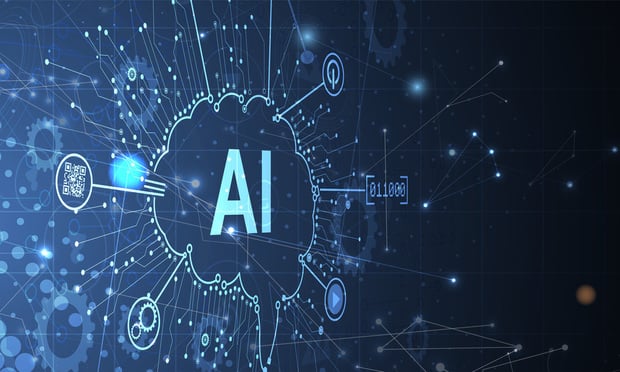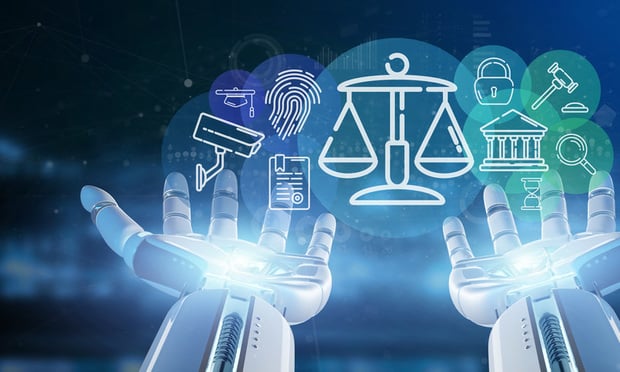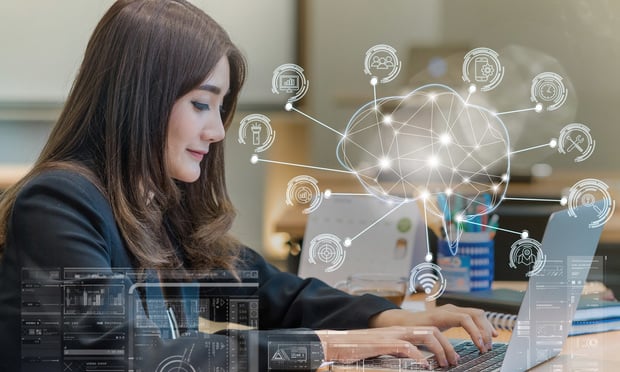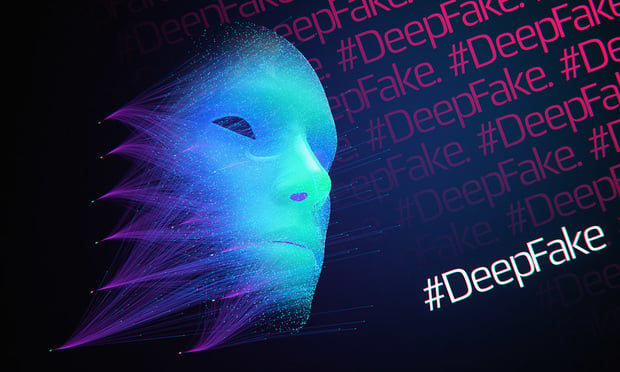Features

Pursuing AI Programmers and Third Parties over Alleged Rights Violations Caused by AI Software
Because AIs are capable of causing harm but cannot be a legal entity, they are not held accountable by court action. Several current and future possibilities exist to resolve AI difficulties. Current options involve identifying indirect liability. Future options include but are not limited to changing the law to make an AI a legal person and/or changing the law to make AI programing an ultra-hazardous activity.
Features

Programmers Liability for Alleged Rights Violations Caused By AI Software
AI is designed to accomplish goals specified by and receive directions from a human being. Thus, it has been suggested that either direct or vicarious liability may be applied to hold the human programmer who wrote the software algorithms liable for the damages caused by the AI agent.
Features

FTC Chair Concerned About Dominant Tech Firms
The concentration of dominant technology firms could harm U.S. national interests and global leadership, Federal Trade Commission Chair Lina Khan said in March at a Carnegie Endowment for International Peace event.
Features

Law Firms' Pressing AI Questions
Most of the legal industry has by now boarded the generative artificial intelligence train, filling up conference sessions dedicated to the topic, testing new legal technology solutions and exploring the emerging legal questions that the technology will pose. But most of their questions about generative AI are still unanswered.
Features

AI Needs Its 'Come to Jesus' Moment
It's time to stop the hype, stop talking up AI as if it's the next best thing since sliced bread and prove that it's a useful tool and technology that can actually be used in the actual practice of law.
Features

Decoding DOJ's New 'Justice AI' Initiative
The DOJ is likely to face many practical challenges and novel issues as it begins coding its own algorithm for AI-related enforcement. This article briefly examines three areas of AI-related enforcement where such practical challenges and novel issues may arise.
Features

Artificial Intelligence Redefines Our Defense Against Cyber Threats
The cybersecurity landscape is on the brink of a transformative shift, with predictive analytics and behavioral analysis leading the charge for more resilient and adaptive defenses.
Features

Beyond Language: How Multimodal AI Sees the Bigger Picture
The possibilities for patenting innovative applications of multimodal models across industries are endless.
Features

Deep Fake of CFO on Videocall Used to Defraud Company of $25M
Hackers are using AI to sift large digital data to identify more convincing approaches for their scams as well as weaknesses in weaknesses in software coding or network security.
Features

AI, the Billable Hour and Improving Client Service
The ultimate guardian of the quality of client service is the partners' own judgement but properly utilizing AI can set expectations that will benefit the clients and the firm and end forever the "End of the Billable Hour" stories.
Need Help?
- Prefer an IP authenticated environment? Request a transition or call 800-756-8993.
- Need other assistance? email Customer Service or call 1-877-256-2472.
MOST POPULAR STORIES
- The Article 8 Opt InThe Article 8 opt-in election adds an additional layer of complexity to the already labyrinthine rules governing perfection of security interests under the UCC. A lender that is unaware of the nuances created by the opt in (may find its security interest vulnerable to being primed by another party that has taken steps to perfect in a superior manner under the circumstances.Read More ›
- Warehouse Liability: Know Before You Stow!As consumers continue to shift purchasing and consumption habits in the aftermath of the pandemic, manufacturers are increasingly reliant on third-party logistics and warehousing to ensure their products timely reach the market.Read More ›
- When Is a Repair Structural or Nonstructural Under a Commercial Lease?A common question that commercial landlords and tenants face is which of them is responsible for a repair to the subject premises. These disputes often center on whether the repair is "structural" or "nonstructural."Read More ›
- Major Differences In UK, U.S. Copyright LawsThis article highlights how copyright law in the United Kingdom differs from U.S. copyright law, and points out differences that may be crucial to entertainment and media businesses familiar with U.S law that are interested in operating in the United Kingdom or under UK law. The article also briefly addresses contrasts in UK and U.S. trademark law.Read More ›
- The Right to Associate in the DefenseThe "right to associate" permits the insurer to work with the insured to investigate, defend, or settle a claim. Such partnerships protect the insurer and can prove beneficial to the insured's underlying case and ultimate exposure.Read More ›
